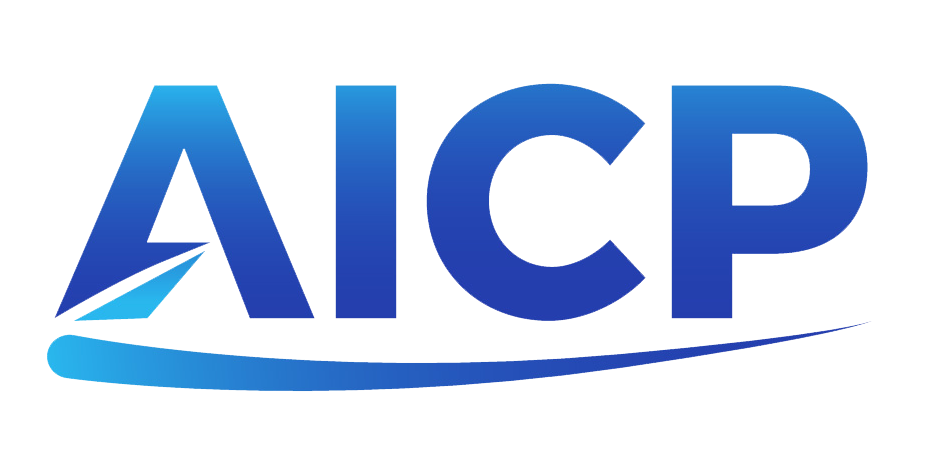Many RTOs have training and assessment strategies that are unnecessary long and provide far more information than these documents need to.
In essence, your TAS only needs to cover the following:
- The training product, including the code and full title as published on www.training.gov.au
- For full qualifications, the core and elective units that your RTO is delivering in the training program.
- Mandatory entry requirements of the qualification (including pre-requisite and co-requisite units), and the sequencing of delivery and assessment. You should also clearly identify where any entry requirements are set by your RTO and are not an entry requirement of the training product.
- The target group to which the training program will be delivered. Each TAS needs to be to each target group.
- The mode of delivery must identify how the training and assessment is to be delivered—face-to-face, online, through workplace training or a mixture of different modes.
- Duration and scheduling of the delivery of the training program
- Assessment resources, methods, timing of assessments, any training package requirements in relation to the training and assessment practices (such as mandatory work placement hours and how this is structured into the course delivery), and any adjustments that may be needed to cater for different student characteristics
- Learning resources that will be used in the delivery of the training program
- The trainers and assessors that will be used for the delivery of the training program. This can either be included in the TAS or in a separate document and it must be outlined at unit-level.
- Physical resources required to deliver the training program.
Although you are free to include more details than those listed above, there is significant risk involved in doing so.


